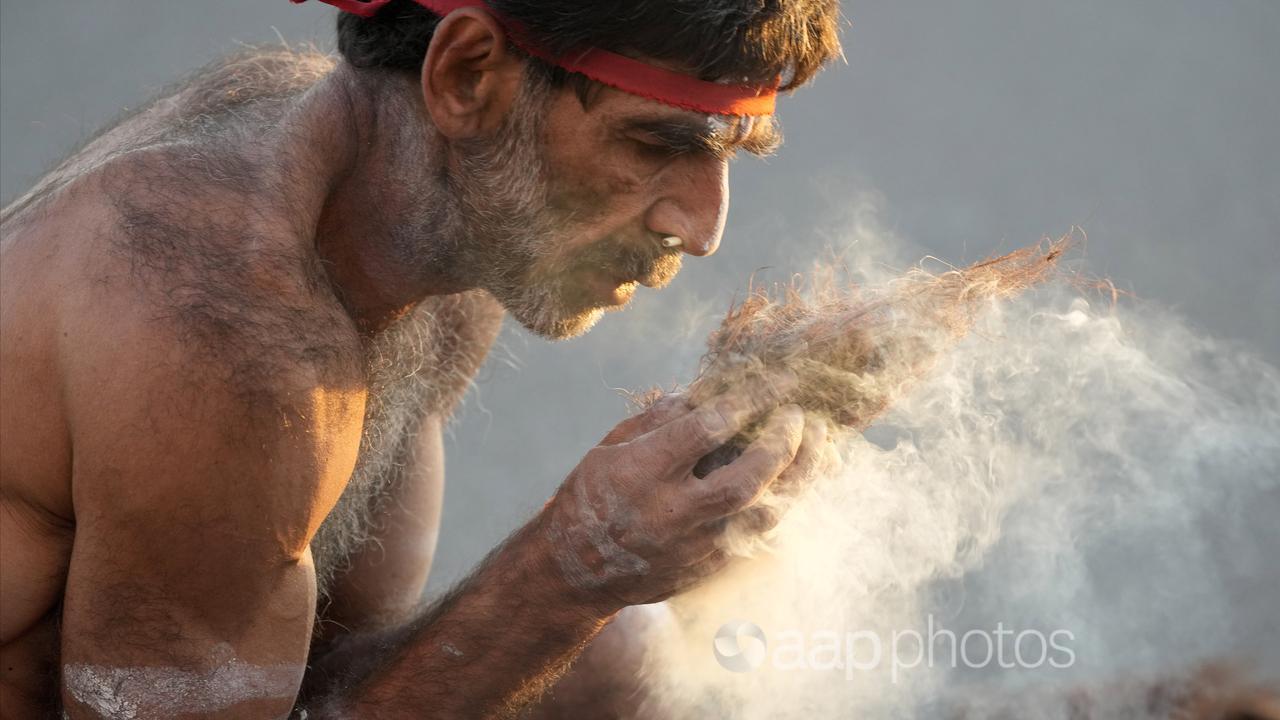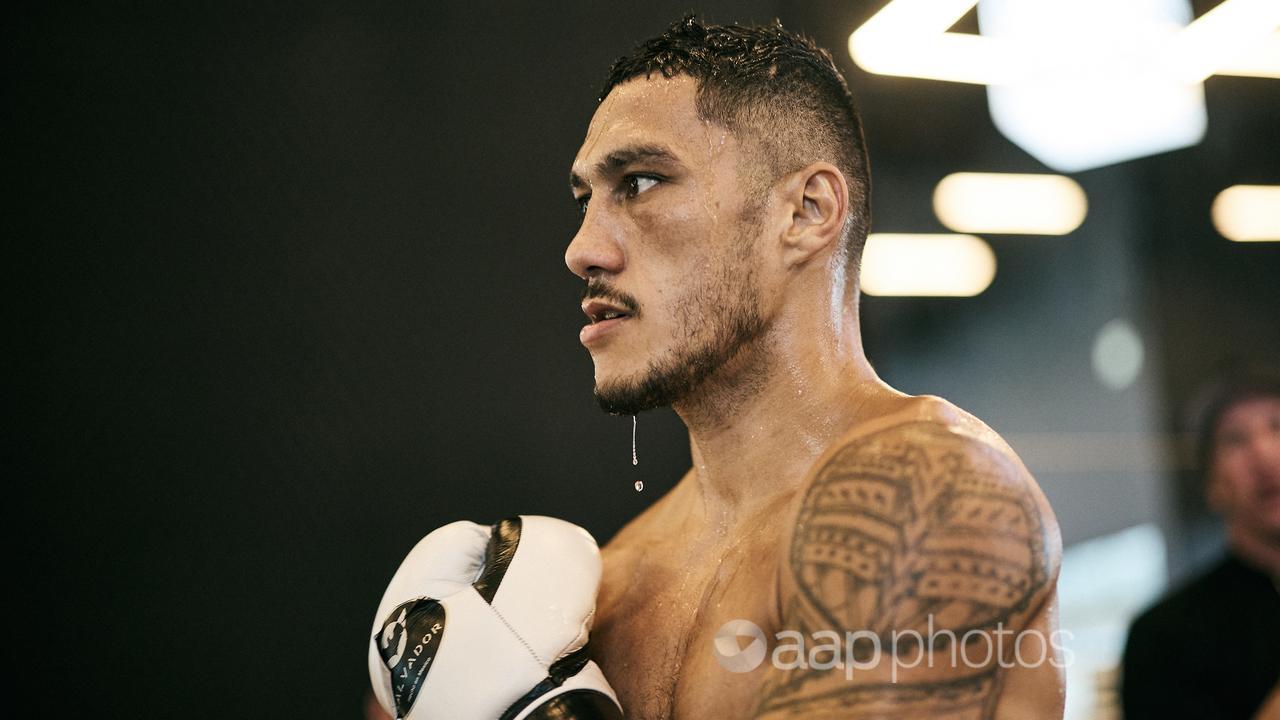It is being claimed that Indigenous peoples have “control” over about half of Australia, totalling some 3.8 million sq km of land.
This is false. The percentage of land owned or controlled by Aboriginal and Torres Strait Islander people under native title and various laws providing for freehold, long leasehold and trust arrangements is about 30 per cent.
Even then, experts told AAP FactCheck this doesn’t always necessarily align with Western land ownership principles and doesn’t equate to total control.
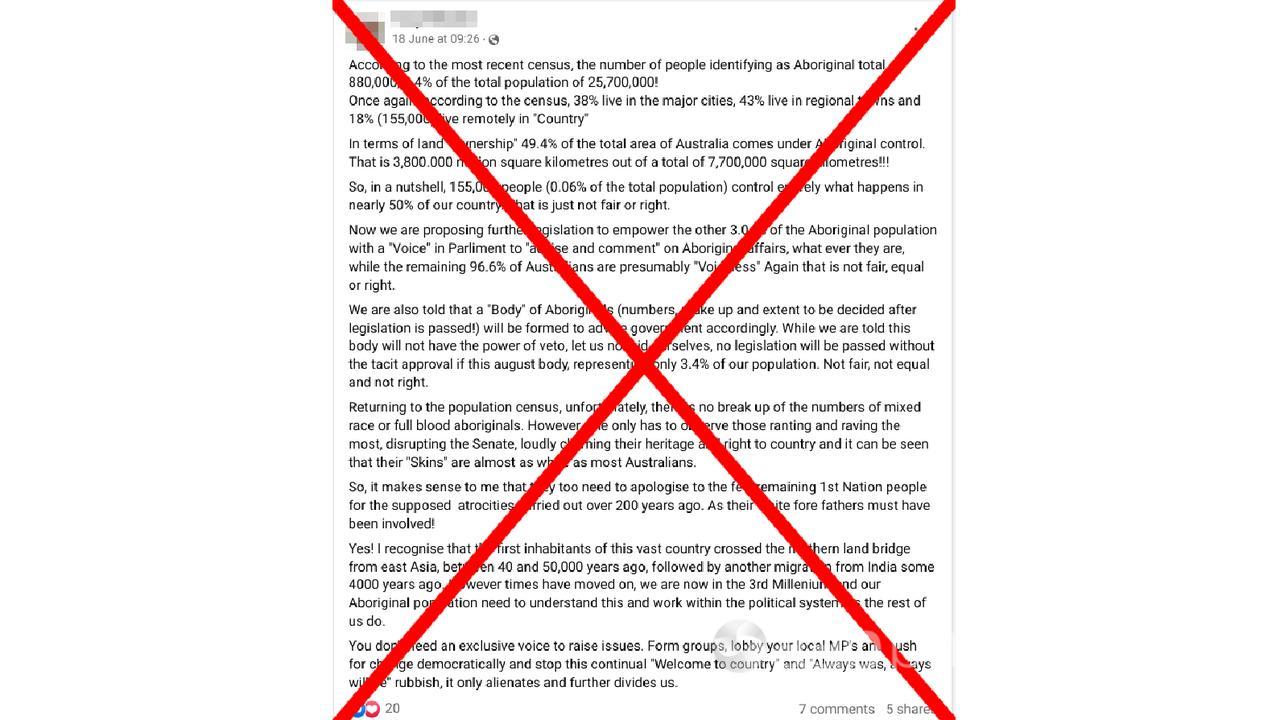
A Facebook post (archived here) claims that the proposed Indigenous voice to parliament will hand even more power to people who allegedly own or control half the country.
“In terms of land ‘ownership’ 49.4% of the total area of Australia comes under Aboriginal control. That is 3,800.000 million square kilometres out of a total of 7,700,000 square kilometres!!!” the post says.
“So, in a nutshell, 155,000 people (0.06% of the total population) control entirely what happens in nearly 50% of our country. That is just not fair or right.
“Now we are proposing further legislation to empower the other 3.04% of the Aboriginal population with a ‘Voice’ in Parliment (sic) to ‘advise and comment’ on Aboriginal affairs, what ever they are, while the remaining 96.6% of Australians are presumably ‘Voiceless’ Again that is not fair, equal or right.”
The Facebook user doesn’t make clear where the 49.4 per cent figure has come from.
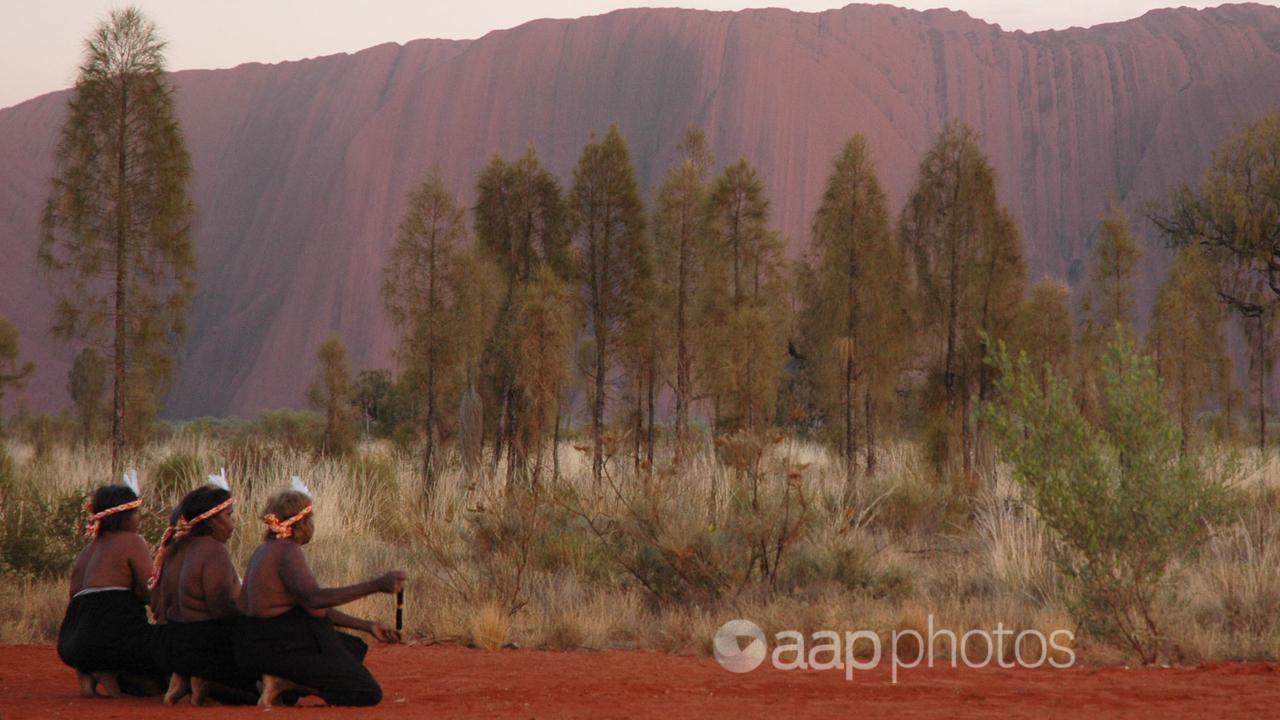
Associate Professor Sean Brennan, a native title and land rights expert at the University of NSW, said the figure is wrong.
Instead, he said it is around 30 per cent, with that land “almost entirely” classified as remote or very remote.
But he told AAP FactCheck it is a far from straightforward calculation given the legal complexities that apply to different statutory schemes across nine jurisdictions, in addition to federal native title law.
He first pointed to a 16.1 per cent figure from the Productivity Commission which he said accounted “for land owned or controlled under various laws providing for freehold, long leasehold and trust arrangements.”
This includes the likes of Aboriginal land rights laws in the Northern Territory, he added.
Separate from that is native title land, which is split into exclusive (14.7 per cent) and non-exclusive native title (28.6 per cent).
The above approximate percentages are calculated by taking the area of native title as of July 1, 2023, as a proportion of the total land area of Australia.
However, Dr Brennan said it is wrong to imply non-exclusive land equates to control or ownership.
Non-exclusive rights co-exist alongside other property rights and therefore native title holders don’t control access to lands. Non-exclusive rights are typically things like the right to camp, hunt and carry out ceremonial activities on land.
Therefore, Dr Brennan said, the combined 14.7 per cent for exclusive native title and the Productivity Commission’s 16.1 per cent for freehold, long leasehold and trust arrangements provide the best estimate of land “owned or controlled” by Indigenous people.
While there is a small overlap between those two categories, he said it would put the figure at around 30 per cent.
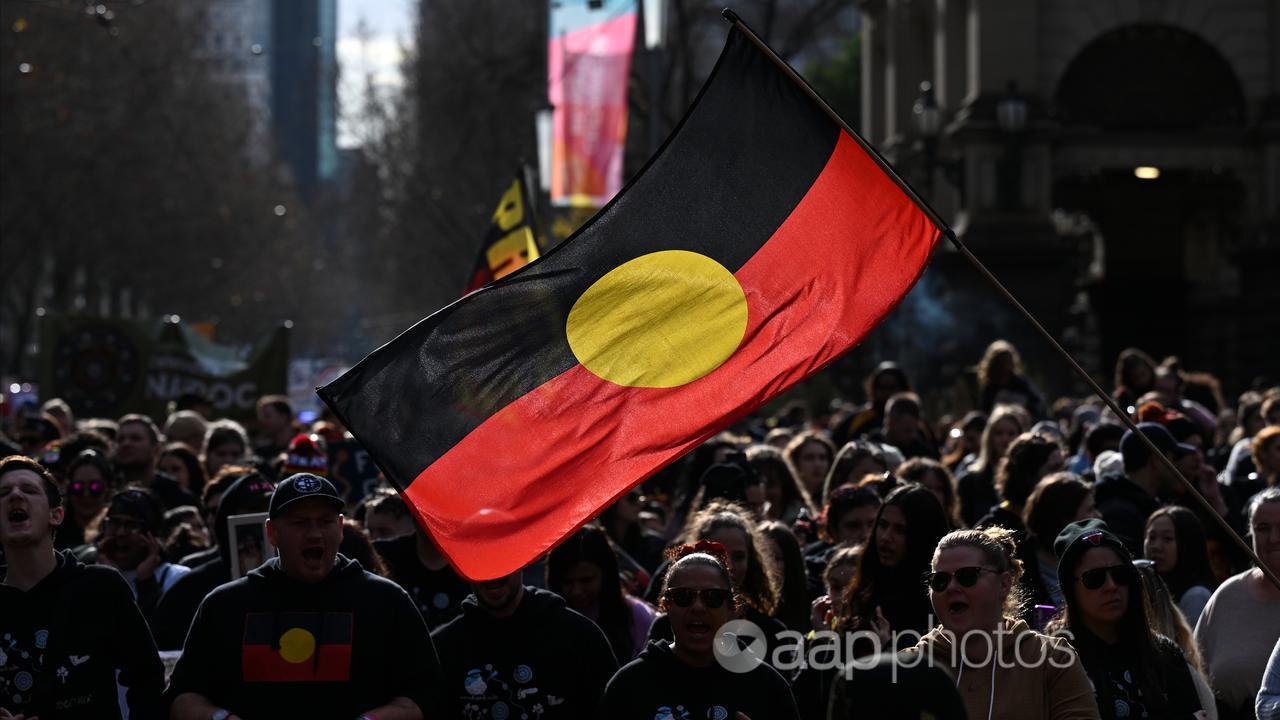
Associate Professor Richard Bartlett, an emeritus professor and legal expert at the University of Western Australia, offered the same calculation method as Dr Brennan, also adding the caveat that most of that land is in remote areas.
Dr Leon Terrill, a land rights expert from the University of NSW, said this is not an insignificant point “because it was land that had not been granted to someone else”.
Dr Terrill also echoed Dr Brennan on the legal complexities which often means exclusive native title doesn’t neatly align with the Western principles of property ownership.
“While the nature of those rights vary, they never amount to entire control,” he said.
Dr Brennan said there are a number of key ways in which exclusive native title is different from ordinary freehold.
“Its spiritual nature, anchored in traditional law, and the insistence by the High Court that it is inalienable to non-Indigenous people are two of them,” Dr Brennan said.
“The susceptibility of native title to extinguishment at common law is also a strong differentiating factor when comparing it to freehold (albeit the Native Title Act modifies extinguishment rules in defined circumstances).”
Dr Brennan also said there remain questions over the extent of the power of native title in that Australian law has not fully defined what it means to have exclusive native title.
Dr Terrill also pointed out the post’s Aboriginal and Torres Strait Islander population figure of 155,000 is “entirely wrong”.
The most recent Australian Bureau of Statistics (ABS) estimate puts the Indigenous population at 984,000.
The Verdict
The claim that Indigenous people exercise complete control or ownership of 49.4 per cent of the land in Australia is false.
Experts told AAP FactCheck that the actual percentage of land under Aboriginal or Torres Strait Islander control or ownership is around 30 per cent.
Even so, much of this does not align with Western land ownership principles.
False – The claim is inaccurate.
AAP FactCheck is an accredited member of the International Fact-Checking Network. To keep up with our latest fact checks, follow us on Facebook, Twitter and Instagram.
All information, text and images included on the AAP Websites is for personal use only and may not be re-written, copied, re-sold or re-distributed, framed, linked, shared onto social media or otherwise used whether for compensation of any kind or not, unless you have the prior written permission of AAP. For more information, please refer to our standard terms and conditions.

